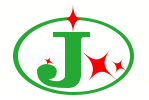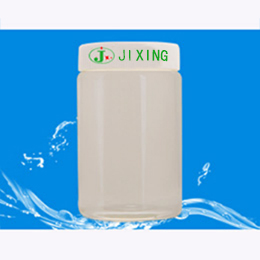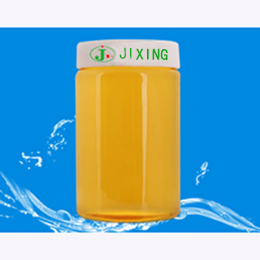Source:http://en.jixingchem.com/index.php?m=home&c=View&a=index&aid=52 Release time:2020-08-01 18:31:48
Fixing agent is one of the important auxiliaries in dyeing and printing industry. It can improve the color fastness of dyes to wet treatment. It can form insoluble colored fabric with dyes on the fabric, which improves the color fastness to washing and perspiration, and sometimes to sunlight.
Auxiliaries used to improve the color fastness of dyes to wet treatment on fabrics. It can form insoluble colored fabric with dyes on the fabric, which improves the color fastness to washing and perspiration, and sometimes to sunlight.
Color fixing agent is one of the important auxiliaries in the printing and dyeing industry. [1] in recent years, with the development of science and technology, dyeing and finishing technology has also been significantly improved. Due to the expansion of international textile trade and the improvement of people's living standards and environmental protection awareness, textiles are required to be comfortable, clean and safe, Some developed countries in the world (Japan, the United States, etc.) have passed and implemented relevant laws and regulations, stipulating various indexes of textiles. It is required to prohibit the use of carcinogenic, teratogenic and biodegradable dyes and some aromatic amine intermediates in dyeing and printing process, At the same time, it is also required that the auxiliaries used do not contain heavy metal ions and do not produce free formaldehyde [2-4]. That is to say, the development and application of formaldehyde free fixing agent KS are in line with this requirement. The fixing agent KS is obtained through the polymerization of organic amine and epichlorohydrin, and then acidified with hydrochloric acid. It is used for fixation of cotton dyed with reactive, direct and sulfur dyes, It can bridge between dye and fiber to form compound, that is, react with dye molecule at the same time, cross-linked with cellulose fiber to form a highly diversified cross-linking system, which makes the dye and fiber more firmly combined, prevent the dye from falling off from the fiber, and improve the color fastness. The active substances in the fixing agent can condense with each other to form a three-dimensional network film on the surface of the fiber to seal the dye, The smoothness of the cloth surface is increased, the friction coefficient is reduced, and it is not easy to be worn. The swelling, dissolution and shedding of dyes in the wet friction process are further prevented, and the wet rubbing fastness is improved
The commonly used fixing agents are cationic quaternary ammonium salts, such as cetylpyridinium chloride and cetylpyridinium bromide; dicyandiamide formaldehyde initial condensates (fixing agent y, m); polyamine condensates (silk fixing agent LA); phenolic resin condensers (crosslinking fixing agent de); crosslinking fixing agents (indosol CR); Reactive dye fixing agent KS, phenol sulfonic acid formaldehyde condensation used in polyamide fabric instead of tannin.
Take fixing agent y as an example: after adding quantitative dicyandiamide to atmospheric pressure reactor for heating and dissolving, quantitative formaldehyde solution is slowly dropped into the reactor under continuous stirring, and finally neutralized with ammonium chloride to form transparent viscous liquid with certain solid content, which is the finished product. The color fixing agent containing formaldehyde is produced by this method, and the fixation effect is good, but there is free formaldehyde pollution problem, so it is forbidden to use in many products at present.
Example of formaldehyde free fixing agent: add the aqueous solution of diethylenetriamine or triethylenetetramine into the reaction kettle, heat up and stir, add epichlorohydrin quantitatively, heat preservation and reflux stirring until the product is a light yellow transparent viscous liquid, which is the final product.
The fixing mechanism of cationic surfactant quaternary ammonium salt fixing agent is that after dyeing with water-soluble anionic dyes, the cationic quaternary ammonium salt is combined with the sulfonic anion on the dye, which plays a positive and negative electrostatic attraction and combines with each other to form water-insoluble lake, so as to achieve fixation and improve color fastness, especially washing fastness.
 Simplified Chinese
Simplified Chinese



